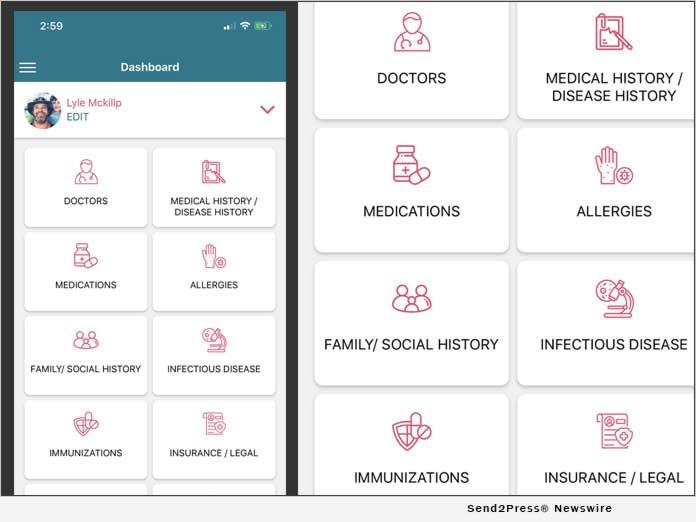In an age where data drives decisions, our personal well-being is no exception. Imagine a single screen that transforms the complex mosaic of your health-steps taken, heart rate, sleep quality, nutritional intake-into a clear, insightful story. Personal health dashboards are becoming the digital mirrors reflecting not just what’s happening inside our bodies, but what choices we can make to feel better, stronger, and more balanced. This article explores the evolving world of personal health dashboards, unveiling what they can show you and how they might redefine the way you understand your own health.
Table of Contents
- Understanding the Core Metrics of Personal Health Dashboards
- Unlocking Insights from Your Daily Activity and Sleep Patterns
- Interpreting Nutrition Data for Better Dietary Choices
- Tracking Mental Wellbeing and Stress Levels Effectively
- Personalizing Your Health Dashboard for Optimal Results
- Frequently Asked Questions
- To Wrap It Up
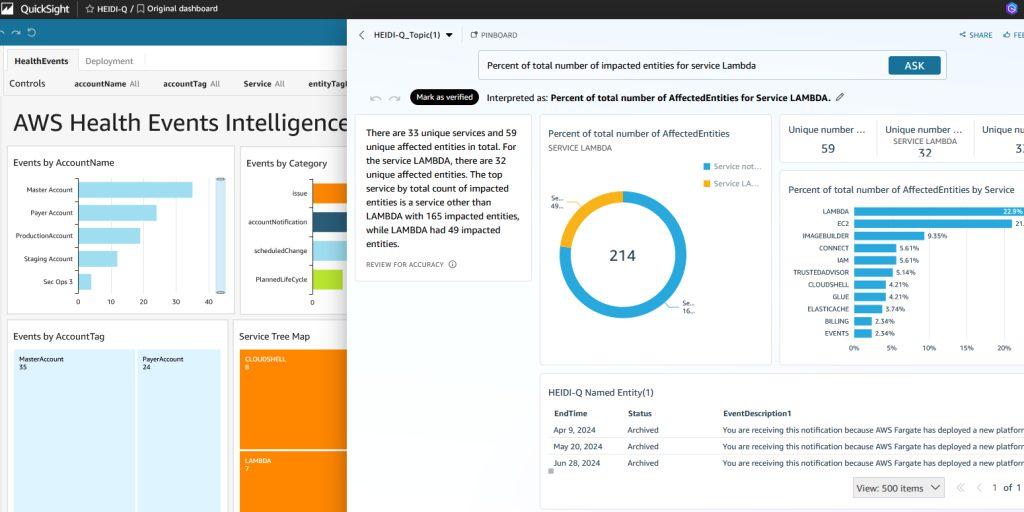
Understanding the Core Metrics of Personal Health Dashboards
At the heart of every personal health dashboard lies a set of core metrics that offer a snapshot of your overall well-being. These metrics are carefully curated to provide insights into various aspects of your health, from physical activity to sleep quality, and even mental wellness. By understanding these key indicators, you can make informed decisions that lead to healthier lifestyle choices and improved outcomes.
Physical Activity Metrics are often the most visible components. They track steps taken, distance traveled, and calories burned. These numbers help you gauge your daily movement and motivate you to stay active. But beyond just quantity, advanced dashboards can analyze the intensity and duration of exercise, allowing you to balance cardio, strength, and flexibility training effectively.
Vital Signs such as heart rate, blood pressure, and oxygen saturation are crucial for monitoring your body’s immediate condition. These metrics can alert you to potential health issues before symptoms arise. For example, an irregular heart rate pattern may prompt a consultation with a healthcare provider, turning data into proactive care.
Other essential metrics include Sleep Patterns and Stress Levels. Tracking your sleep stages-light, deep, and REM sleep-offers insights into rest quality, while stress monitoring through heart rate variability or cortisol levels helps identify emotional and physical strain. Together, these elements create a holistic picture of your health.
| Metric | What It Shows | Why It Matters |
|---|---|---|
| Steps | Daily movement count | Encourages physical activity |
| Heart Rate | Beats per minute | Monitors cardiovascular health |
| Sleep Stages | Light, deep, REM sleep breakdown | Assesses rest quality |
| Stress Levels | Physiological stress indicators | Helps manage mental wellness |
- Customization: Tailor which metrics to prioritize based on personal goals.
- Trends Over Time: Spot patterns that can guide lifestyle adjustments.
- Integration: Combine data from wearables, apps, and medical devices for a comprehensive view.
Unlocking Insights from Your Daily Activity and Sleep Patterns
By tracking your daily activity and sleep patterns, you open a window into how your body responds to various lifestyle choices. These insights go beyond mere numbers; they reveal hidden rhythms and habits that influence your overall well-being. For example, noticing consistent dips in activity levels during certain times of the day can help you identify periods where energy wanes, prompting lifestyle adjustments to boost productivity or rest.
Sleep data, in particular, is a treasure trove of information. Understanding the length and quality of your rest can illuminate connections between sleep disruptions and daytime performance. Maybe restless nights coincide with high-stress days, or irregular sleep patterns align with reduced physical activity. Recognizing these patterns empowers you to make conscious changes, fostering better recovery and sharper focus.
- Activity Trends: Step counts, active minutes, and movement intensity mapped over weeks.
- Sleep Quality: Duration, REM cycles, and interruptions analyzed night by night.
- Energy Correlation: How sleep and activity influence mood and alertness.
| Metric | Insight | Action |
|---|---|---|
| Sleep Duration | Average 6 hours/night | Aim for 7-8 hours for optimal recovery |
| Daily Steps | 5,000 steps average | Increase to 7,500 for better cardiovascular health |
| Restlessness | High during weekdays | Incorporate relaxation techniques before bed |
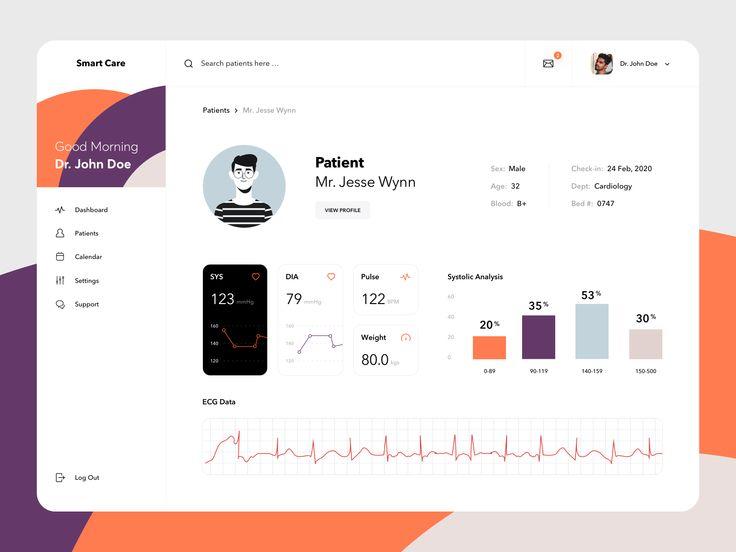
Interpreting Nutrition Data for Better Dietary Choices
Understanding nutrition data goes beyond just scanning labels or counting calories. It’s about recognizing how individual nutrients interact with your body’s unique needs. Personal health dashboards aggregate this data to highlight critical insights, such as micronutrient deficiencies or imbalances that might otherwise go unnoticed. By visualizing your intake of vitamins, minerals, macronutrients, and hydration levels, these tools empower you to make informed dietary adjustments tailored precisely to your lifestyle and goals.
One of the most powerful features is the ability to track trends over time. Instead of isolated snapshots, you see patterns-like consistent low iron intake or excessive sodium consumption-that can influence long-term health. This dynamic perspective encourages proactive choices rather than reactive fixes. You might discover, for example, that increasing leafy greens improves energy levels or that reducing processed sugars enhances sleep quality.
To simplify the complex data, dashboards often use clear visual cues such as color-coded indicators and concise summaries. Below is a sample overview illustrating a balanced day of nutrient intake, helping you identify where you stand at a glance:
| Nutrient | Intake | Recommended | Status |
|---|---|---|---|
| Protein | 75g | 70g | Optimal |
| Fiber | 18g | 25g | Low |
| Vitamin D | 10mcg | 15mcg | Below Target |
| Sodium | 1500mg | 2300mg | Within Limit |
By recognizing these metrics, you can prioritize foods rich in fiber and vitamin D, such as whole grains and fortified dairy, while maintaining a balanced sodium intake. This tailored feedback loops back into your daily choices, making nutrition a manageable and personalized journey.
- Identify nutrient gaps to boost overall wellbeing.
- Adjust portion sizes based on real-time data.
- Track progress visually for motivation and accountability.
- Make smarter grocery decisions with insight into your specific needs.
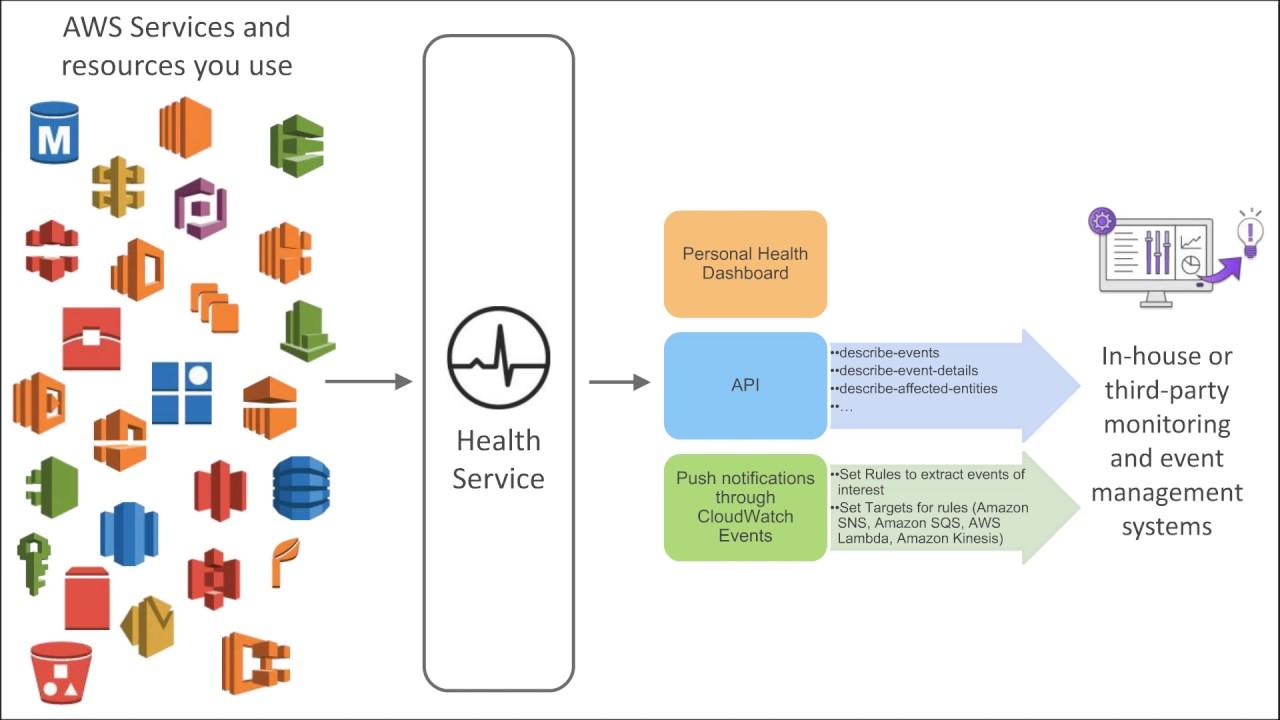
Tracking Mental Wellbeing and Stress Levels Effectively
Understanding your mental wellbeing and stress levels goes beyond simple self-assessment; it requires consistent and meaningful data collection. Personal health dashboards can aggregate data from various sources such as sleep patterns, heart rate variability, and even mood logs. These insights allow you to spot trends and triggers that may not be obvious in day-to-day life.
Many dashboards integrate with wearable devices and apps that track physical activity, sleep quality, and even breathing exercises. By combining these metrics, you get a more holistic view of how your body and mind respond to different situations. For example, a sudden spike in resting heart rate combined with poor sleep might indicate rising stress levels before you even feel overwhelmed.
Effective tracking often involves:
- Regular logging of mood and emotional states
- Monitoring physiological markers like heart rate and sleep quality
- Identifying external stressors through calendar and activity data
- Setting personalized thresholds to trigger alerts
| Metric | What It Shows | Why It Matters |
|---|---|---|
| Sleep Duration | Hours slept per night | Foundation for mental recovery |
| Heart Rate Variability | Variation in time between heartbeats | Indicator of stress resilience |
| Mood Logs | Self-reported emotional states | Tracks mental health trends |
| Activity Levels | Daily physical movement | Supports stress reduction |
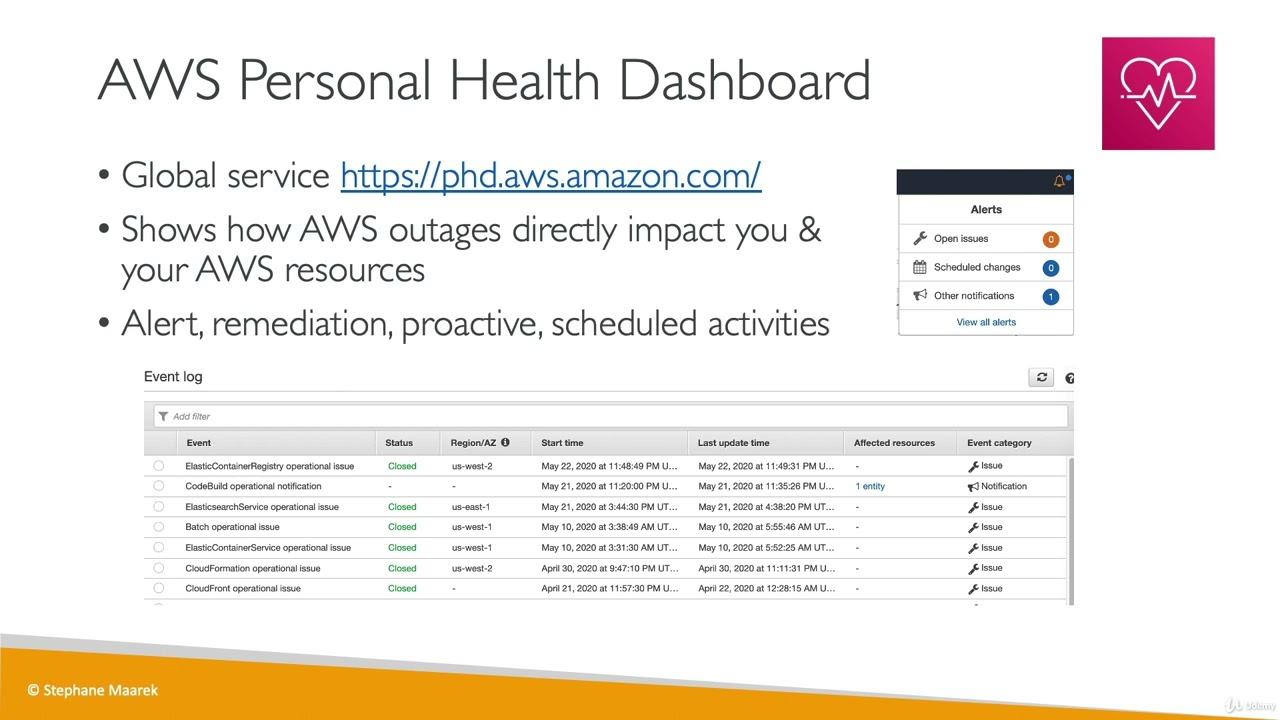
Personalizing Your Health Dashboard for Optimal Results
Crafting a health dashboard that truly reflects your unique lifestyle and goals is a game-changer. Start by selecting metrics that resonate with your personal journey-whether that’s tracking sleep quality, hydration levels, or even mood patterns. Customizing the data points ensures you’re not overwhelmed by unnecessary information but empowered by insights that matter.
Consider integrating wearable device data with manual inputs for a more holistic picture. For example, combining heart rate variability with stress journal entries can reveal connections that raw numbers alone might miss. This blend of quantitative and qualitative data transforms your dashboard into a dynamic tool tailored to your well-being.
- Set realistic benchmarks: Define achievable targets based on your history and lifestyle rather than generic standards.
- Use visual cues: Color-coded graphs or alerts can highlight trends and deviations at a glance.
- Schedule regular reviews: Make it a habit to revisit and adjust your dashboard components monthly to keep them aligned with evolving goals.
| Dashboard Element | Benefit | Example Metric |
|---|---|---|
| Sleep Tracker | Improves recovery insights | Hours of deep sleep |
| Nutrition Log | Supports dietary adjustments | Daily protein intake |
| Activity Monitor | Encourages consistent movement | Steps per day |
Frequently Asked Questions
Q&A: Personal Health Dashboards and What They Can Show You
Q1: What exactly is a personal health dashboard?
A personal health dashboard is a digital tool that aggregates data from various health-related sources-like wearable devices, medical records, and lifestyle apps-into one easy-to-read interface. Think of it as your health’s command center, offering a snapshot of your well-being at a glance.
Q2: How can a health dashboard benefit me?
By consolidating information such as heart rate, sleep patterns, activity levels, and even nutrition, a health dashboard helps you understand trends and spot potential issues early. It empowers you to take proactive steps towards better health, tailor your lifestyle choices, and have more informed conversations with your healthcare providers.
Q3: What types of data can these dashboards show?
They typically display a mix of biometric data-like blood pressure, glucose levels, or oxygen saturation-and behavioral metrics, such as step counts, calorie intake, and sleep quality. Some advanced dashboards also integrate mental health indicators and medication adherence reminders.
Q4: Are personal health dashboards customizable?
Absolutely. Most platforms let you select which metrics matter most to you, set personal goals, and receive tailored insights. Customization ensures the dashboard stays relevant to your unique health journey.
Q5: How secure is the data on these dashboards?
Security varies by provider, but reputable dashboards use encryption, strict privacy policies, and comply with health data regulations like HIPAA. It’s wise to review a platform’s security practices before linking your sensitive information.
Q6: Can a health dashboard replace a doctor’s advice?
Not quite. While dashboards provide valuable data and trends, they don’t replace professional medical diagnosis or treatment. Instead, they serve as a complementary resource that can enhance your healthcare experience.
Q7: How do I get started with a personal health dashboard?
Begin by identifying your health goals and choosing a platform compatible with your devices and healthcare providers. Sync your data sources, explore the interface, and regularly review your dashboard to stay engaged with your health.
Q8: What does the future hold for personal health dashboards?
The future promises even more integration with AI for predictive insights, broader data sources including genetics and environmental factors, and increased personalization-making your health dashboard a powerful partner in lifelong wellness.
To Wrap It Up
As we navigate the intricate landscape of our well-being, personal health dashboards emerge as illuminating compasses-transforming raw data into meaningful stories about our bodies and minds. They offer a window into patterns, progress, and possibilities, empowering us to take informed steps toward healthier lives. While these digital allies don’t hold all the answers, their ability to visualize and synthesize health information invites a deeper understanding of ourselves, one metric at a time. In embracing these tools, we unlock not just numbers, but narratives-guiding us toward a more mindful, proactive approach to personal health.

